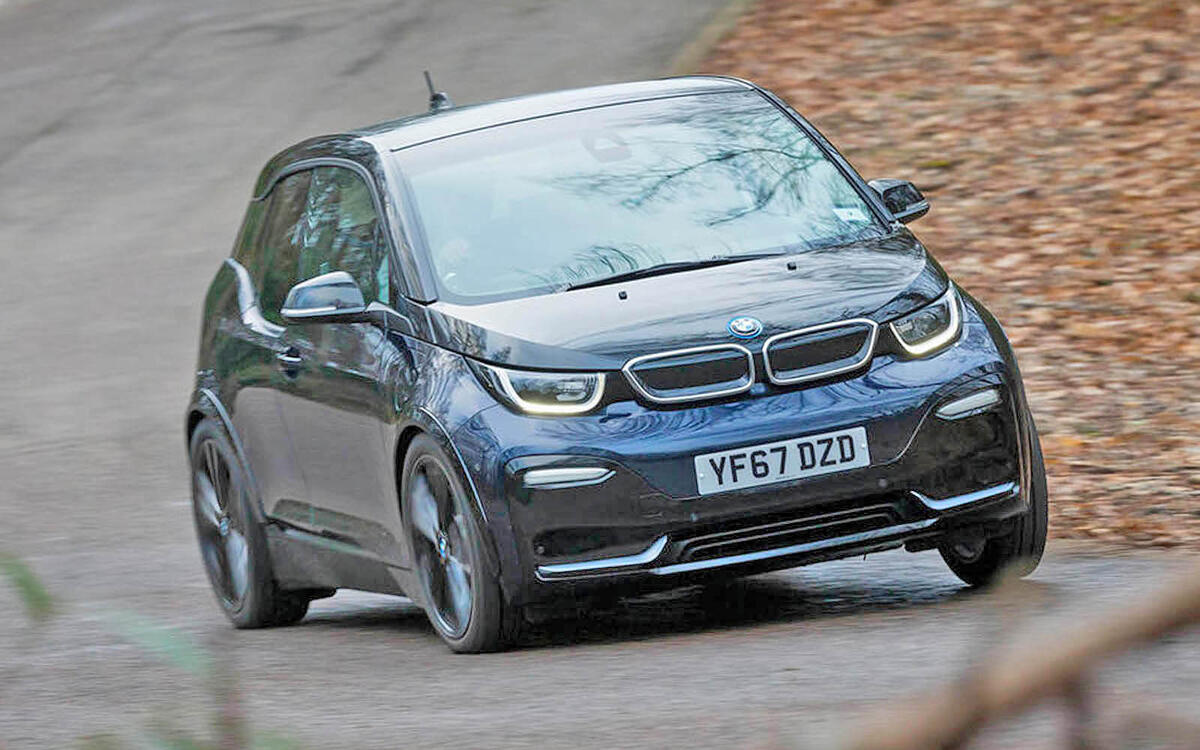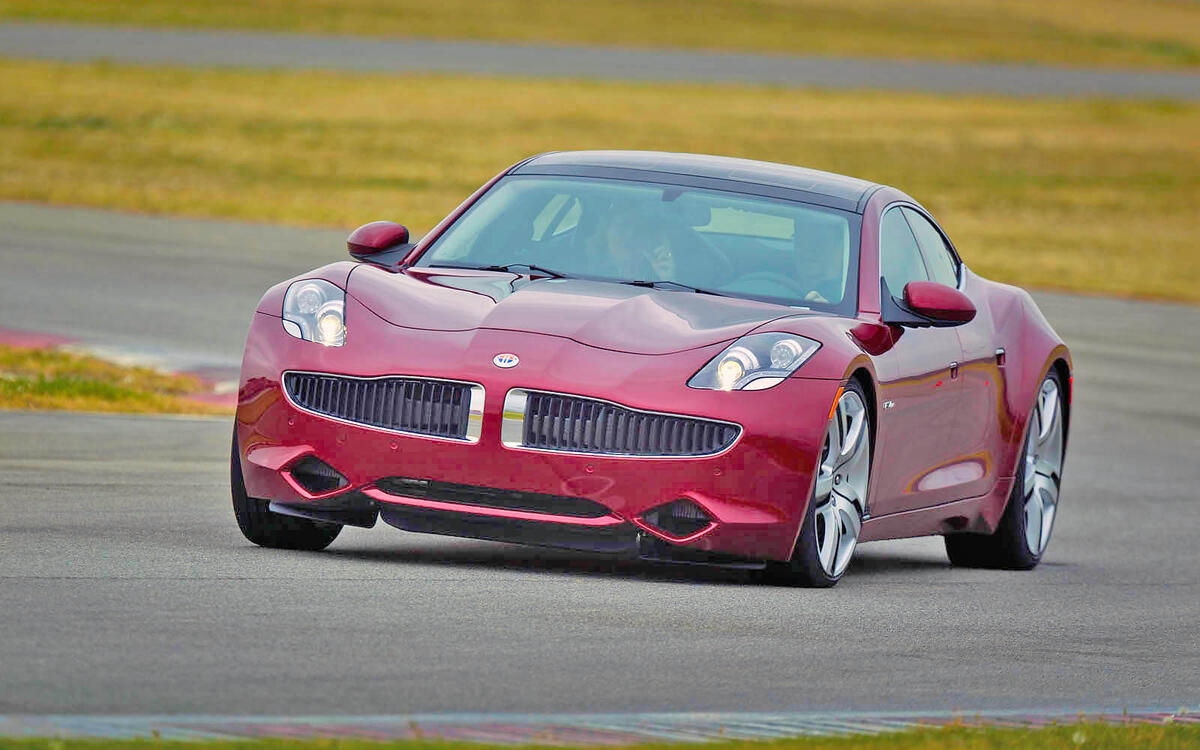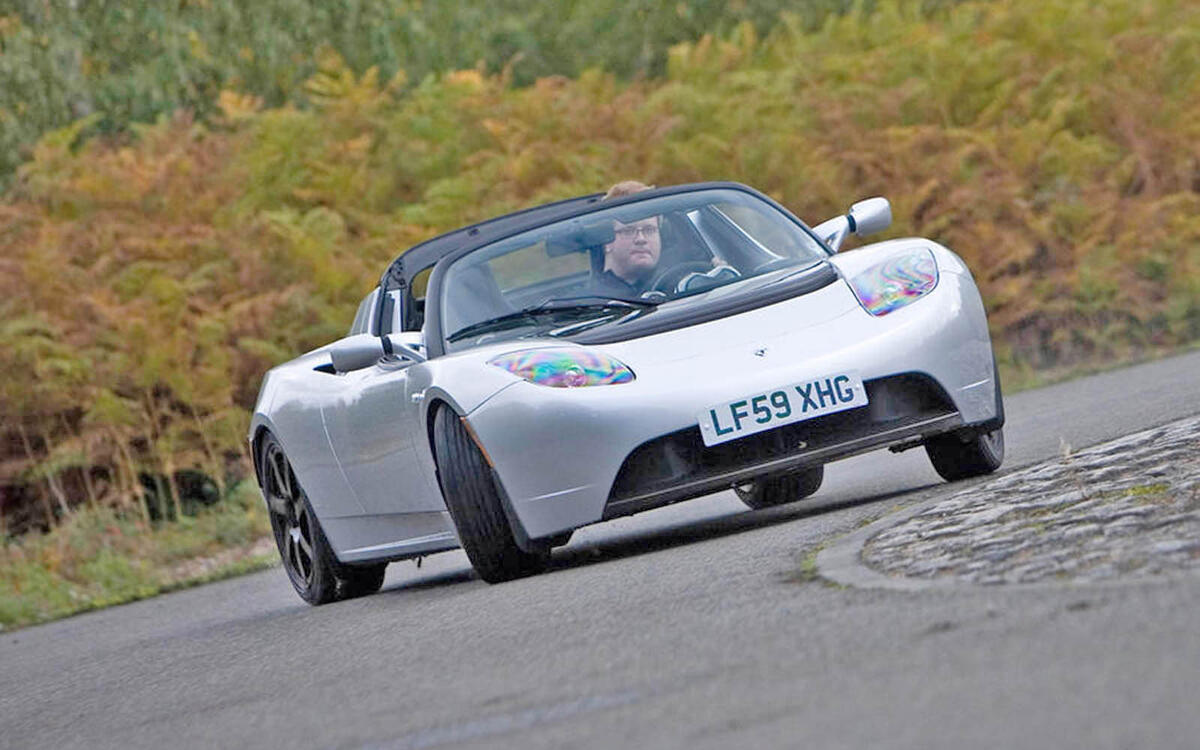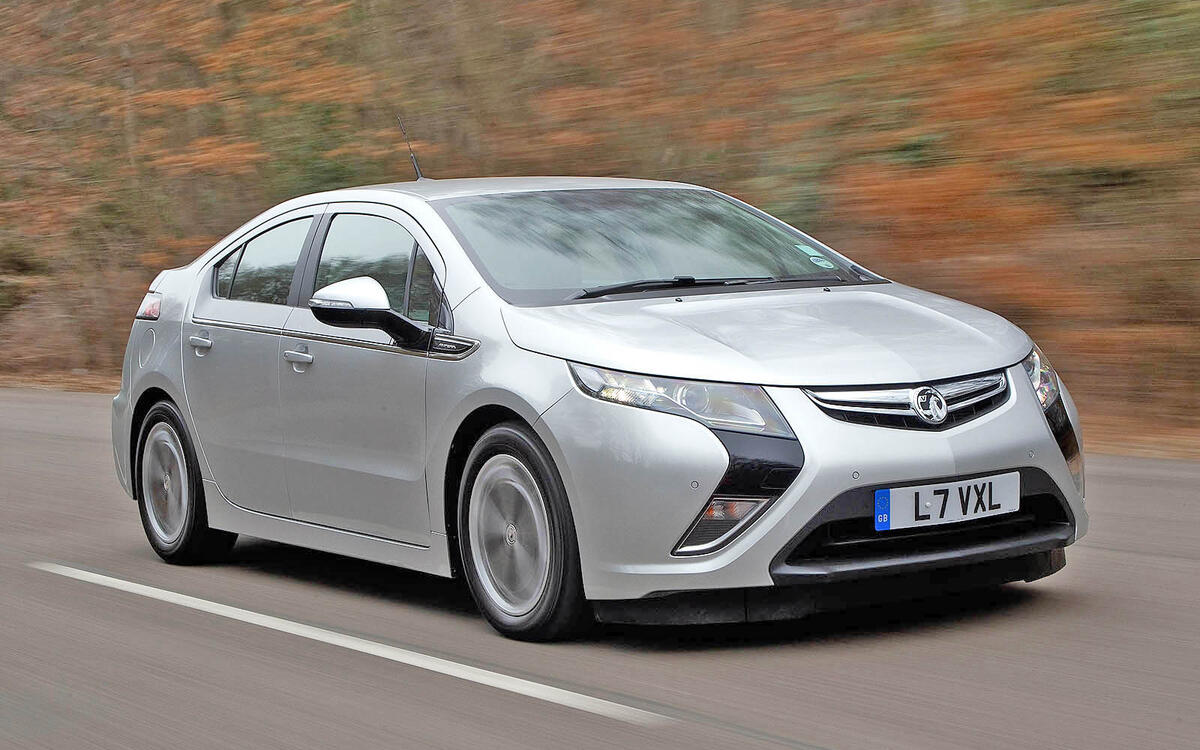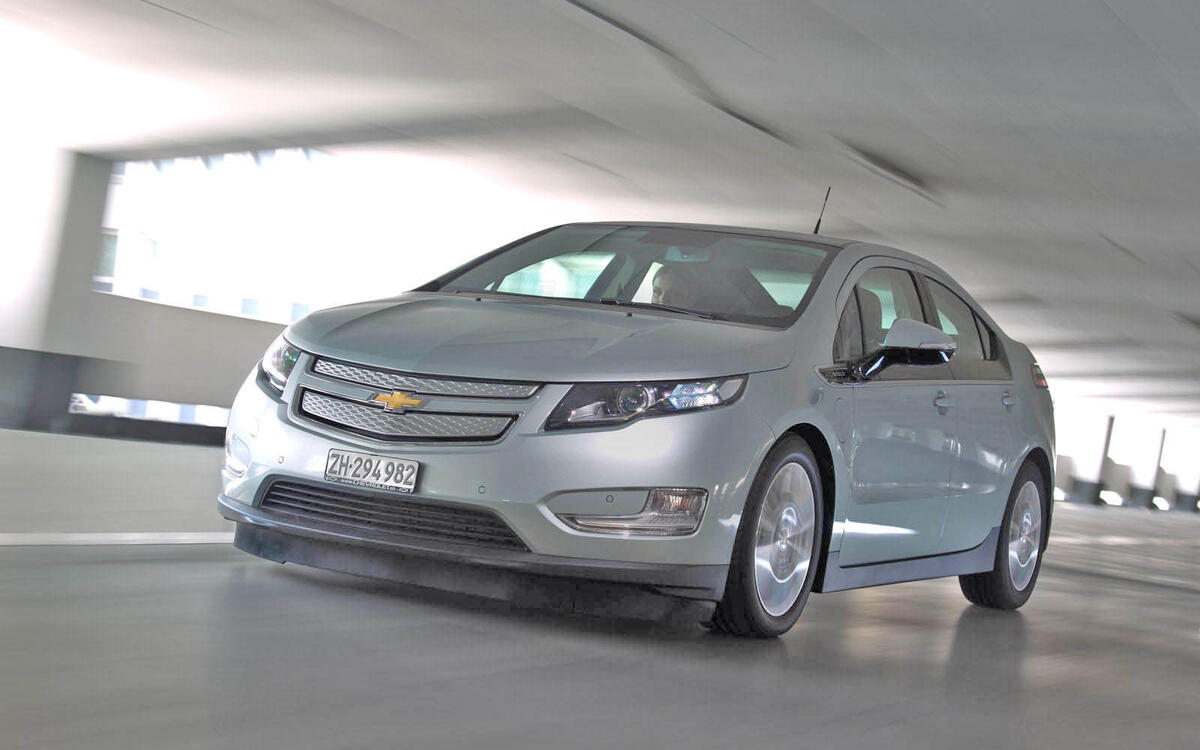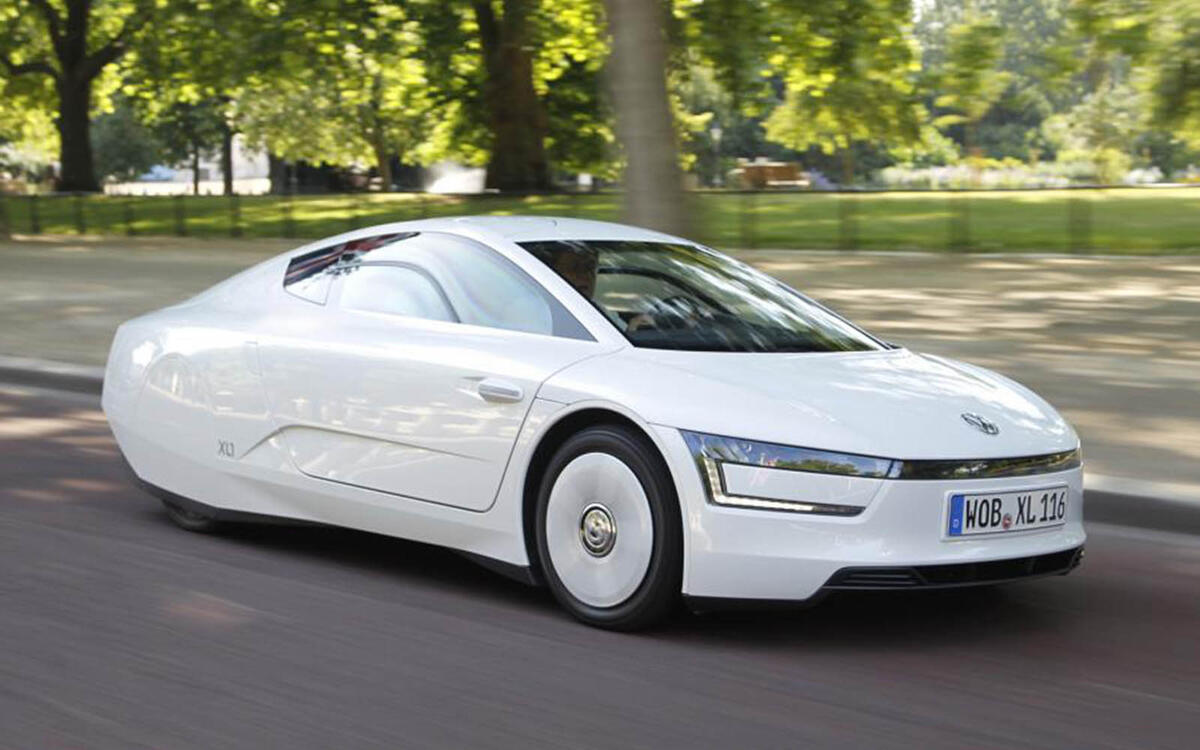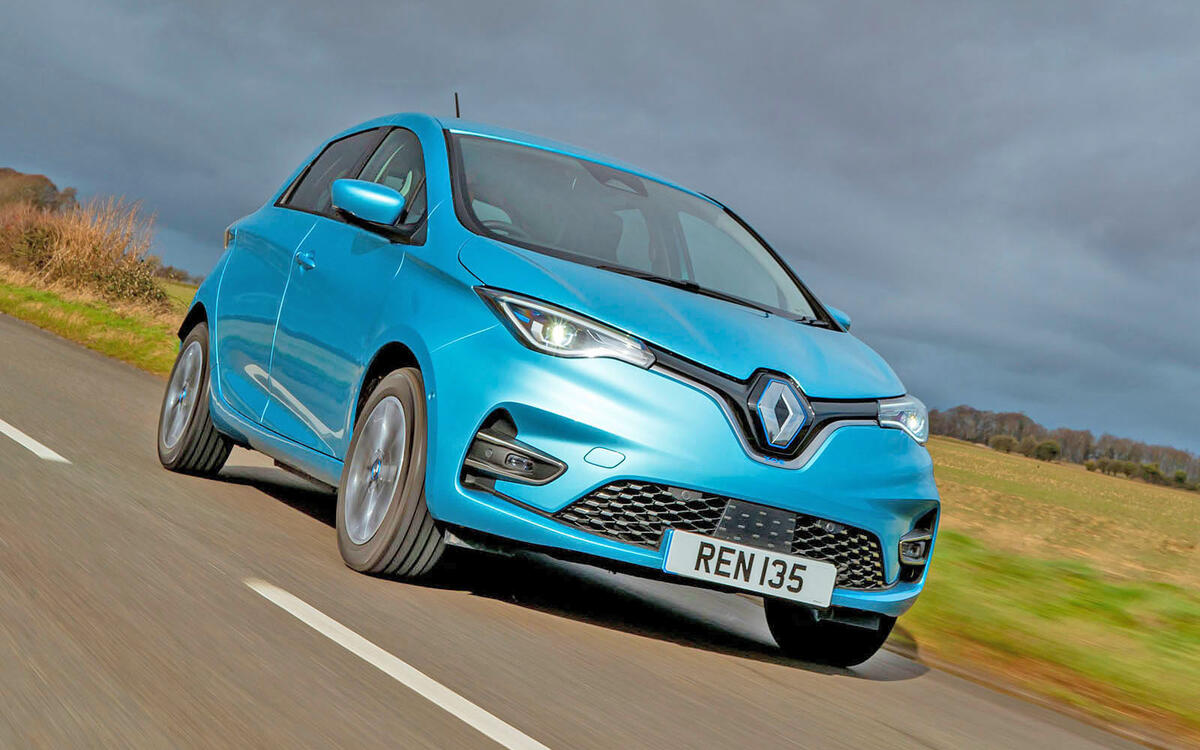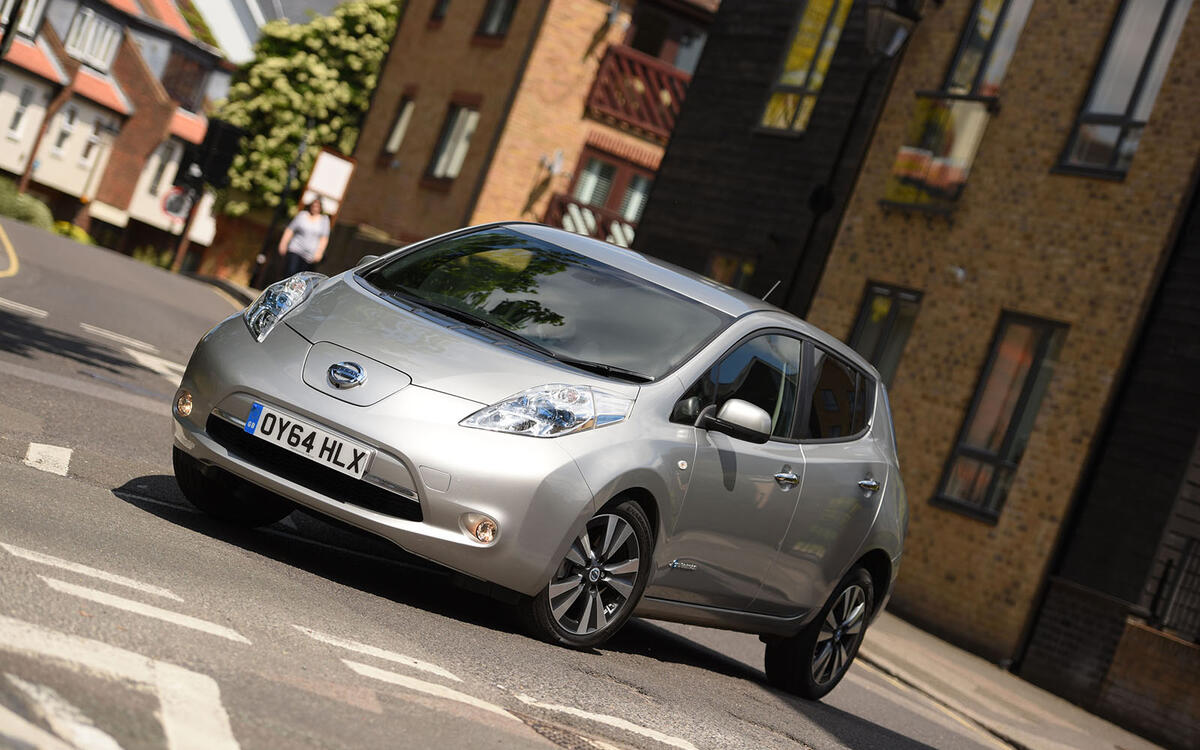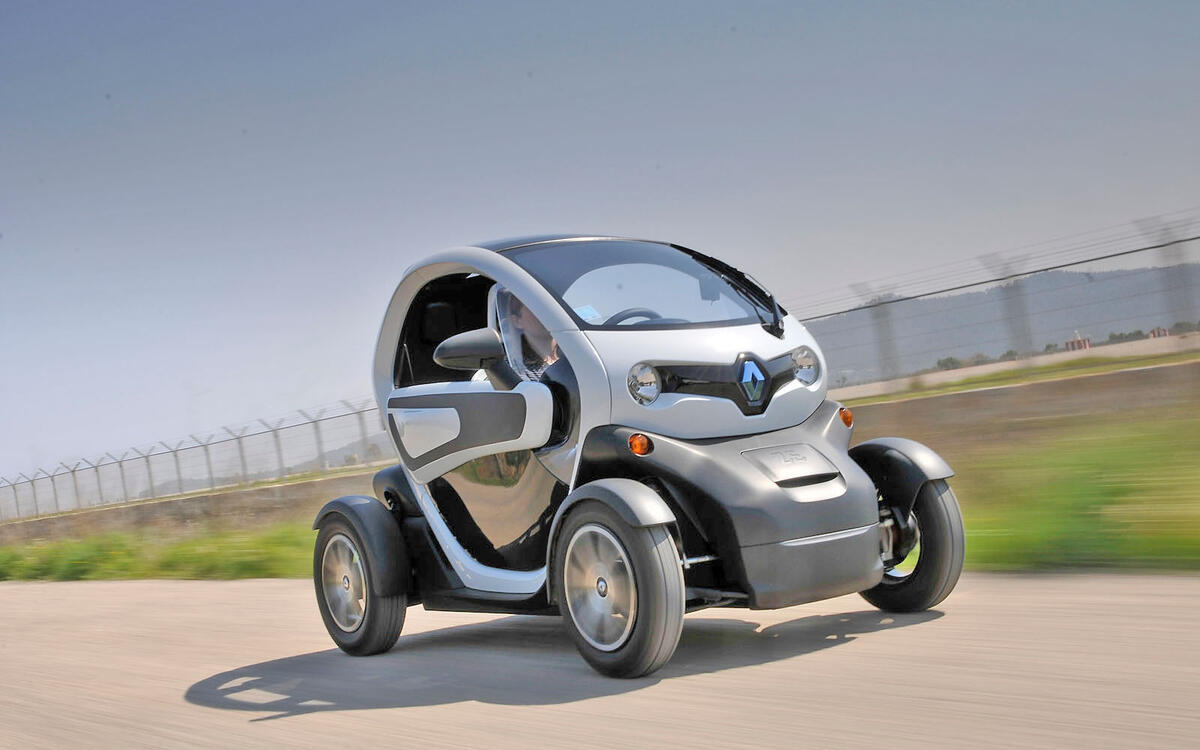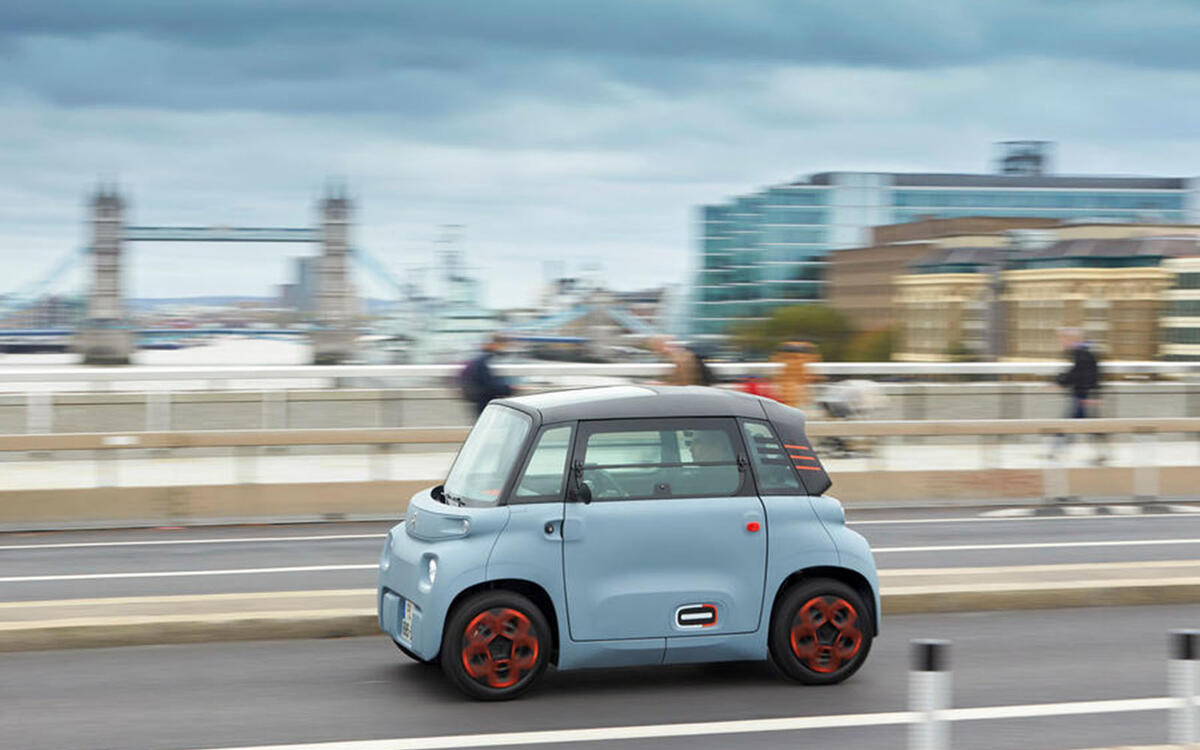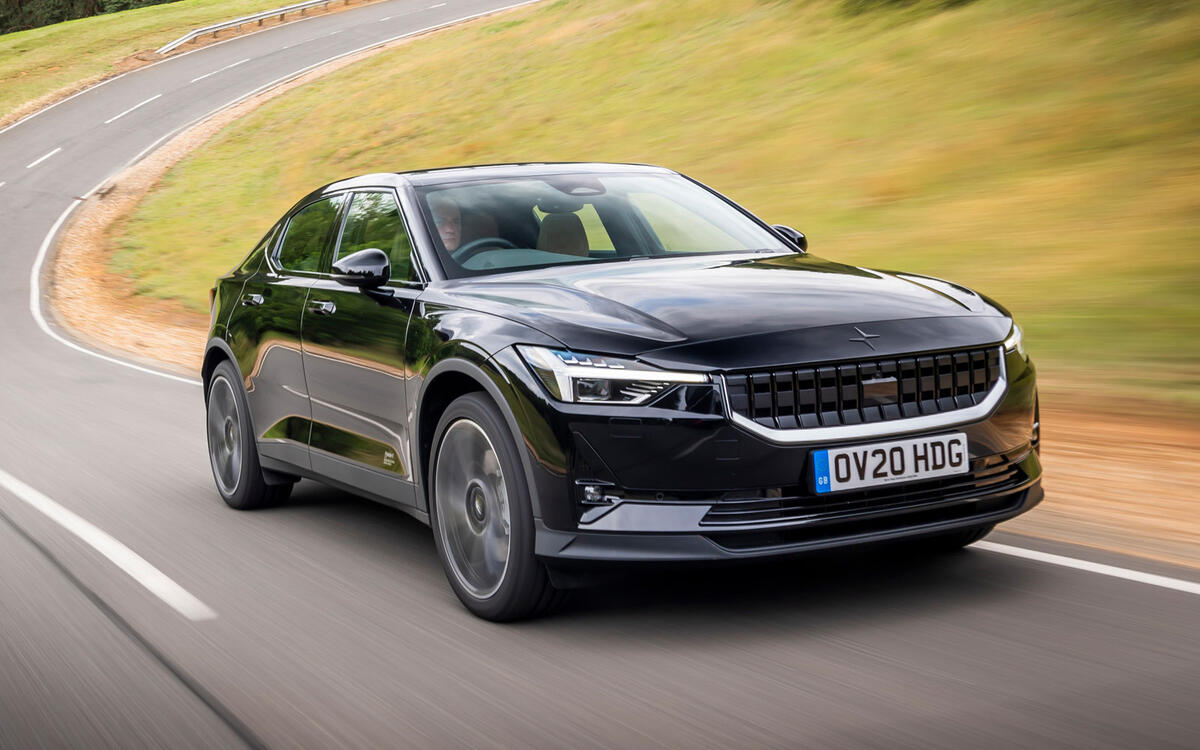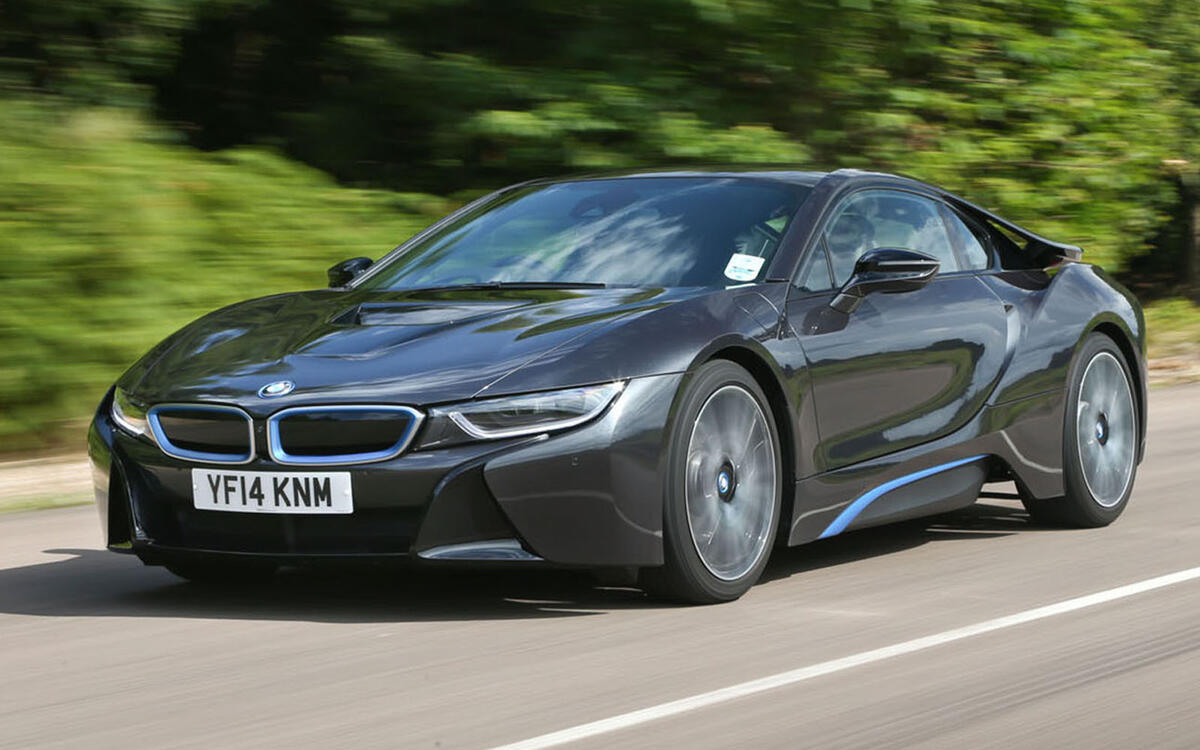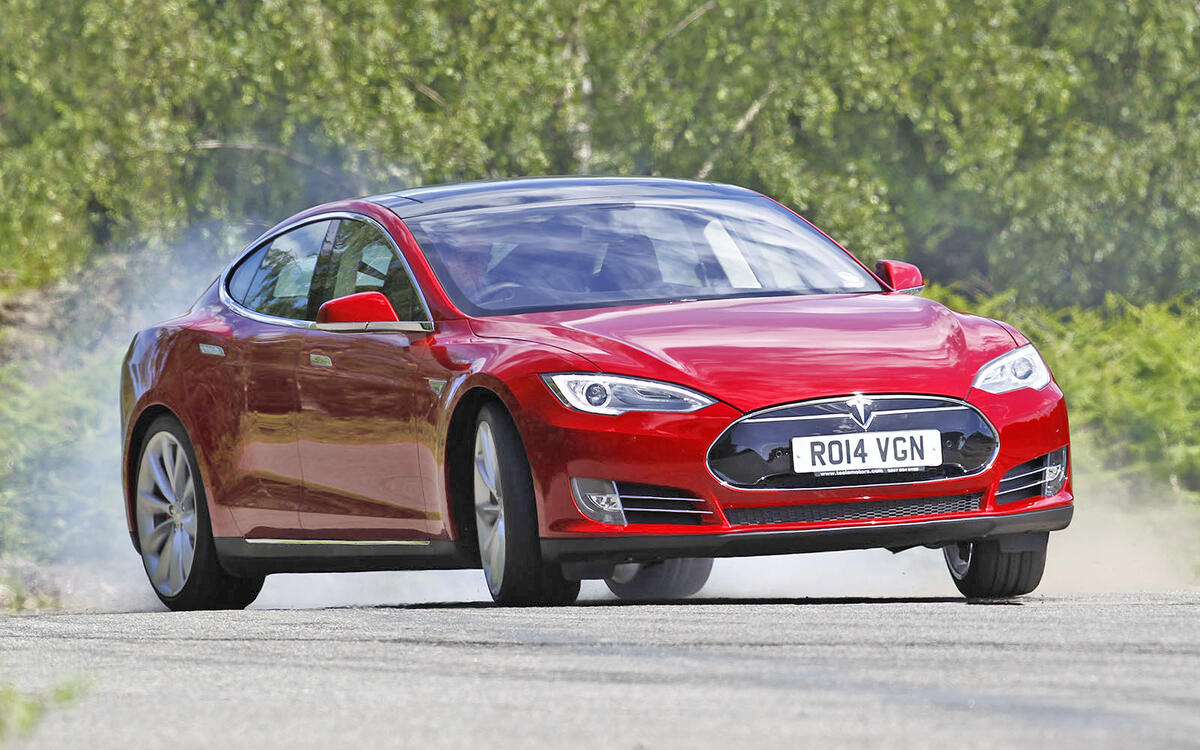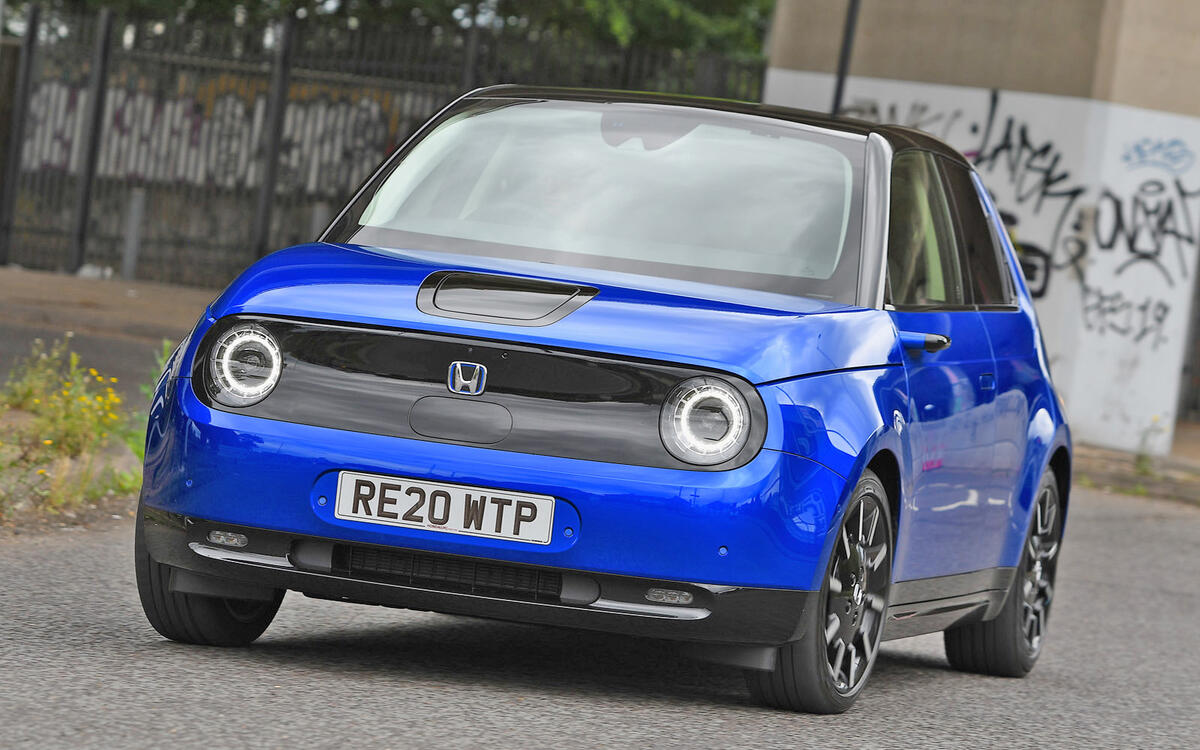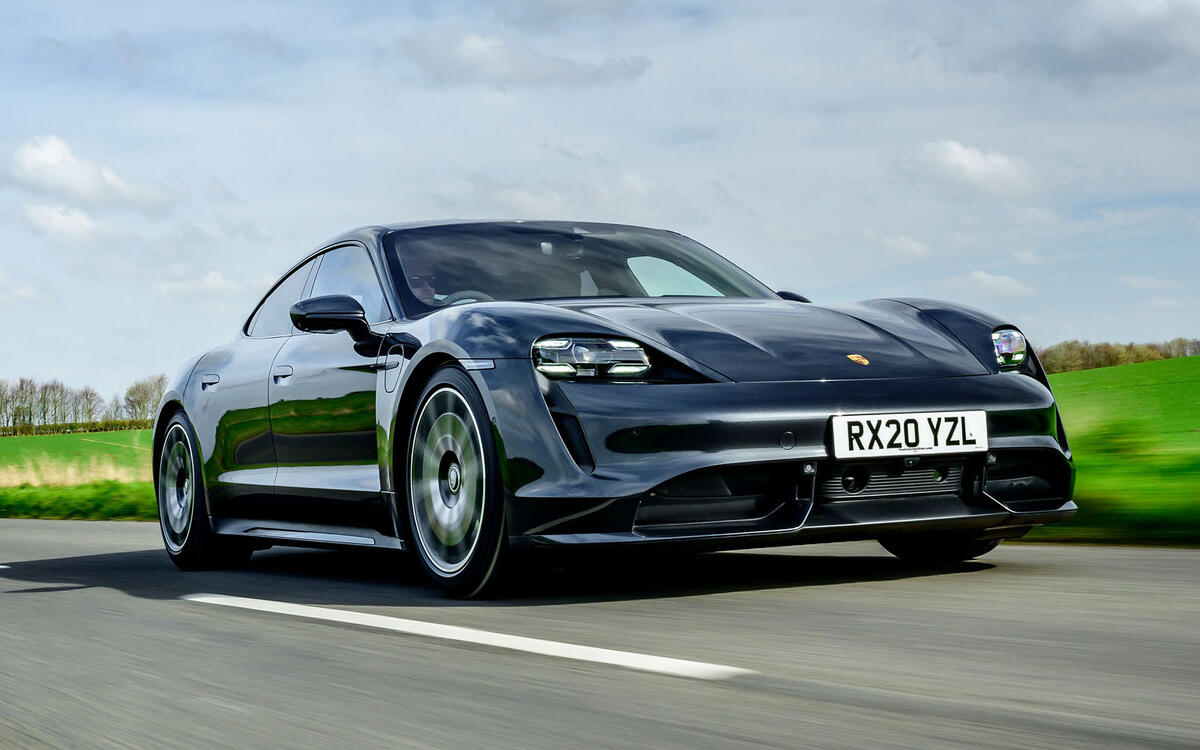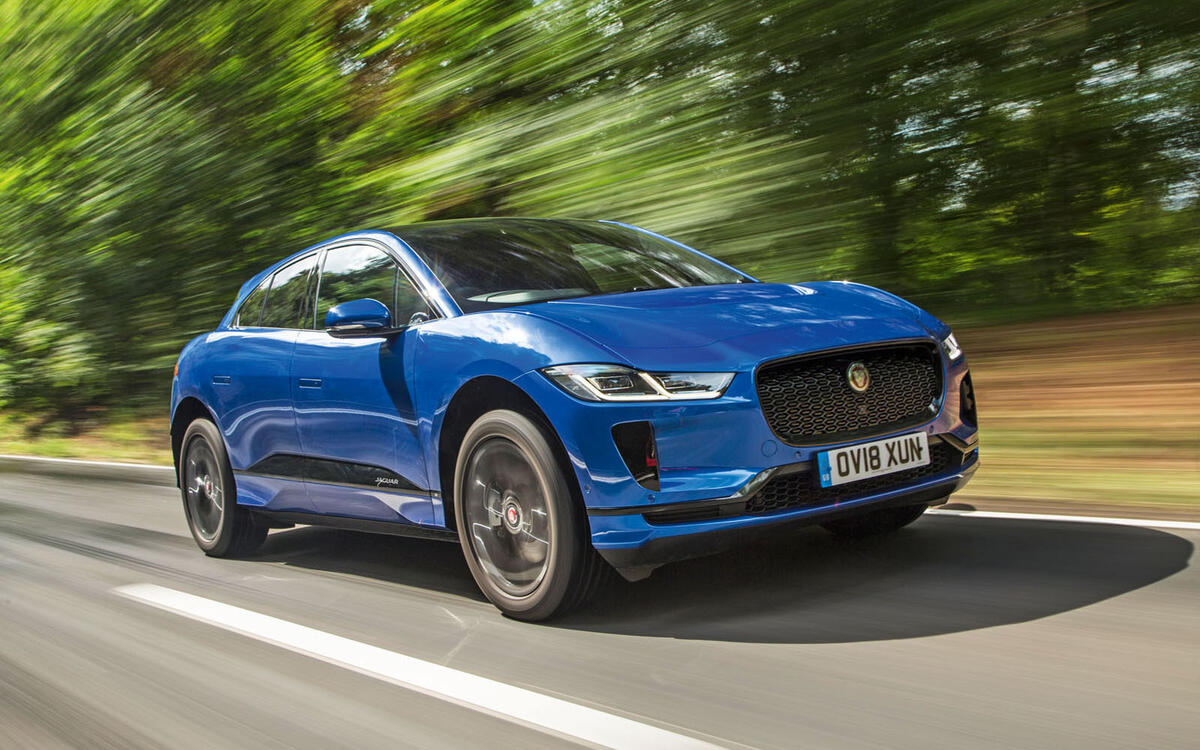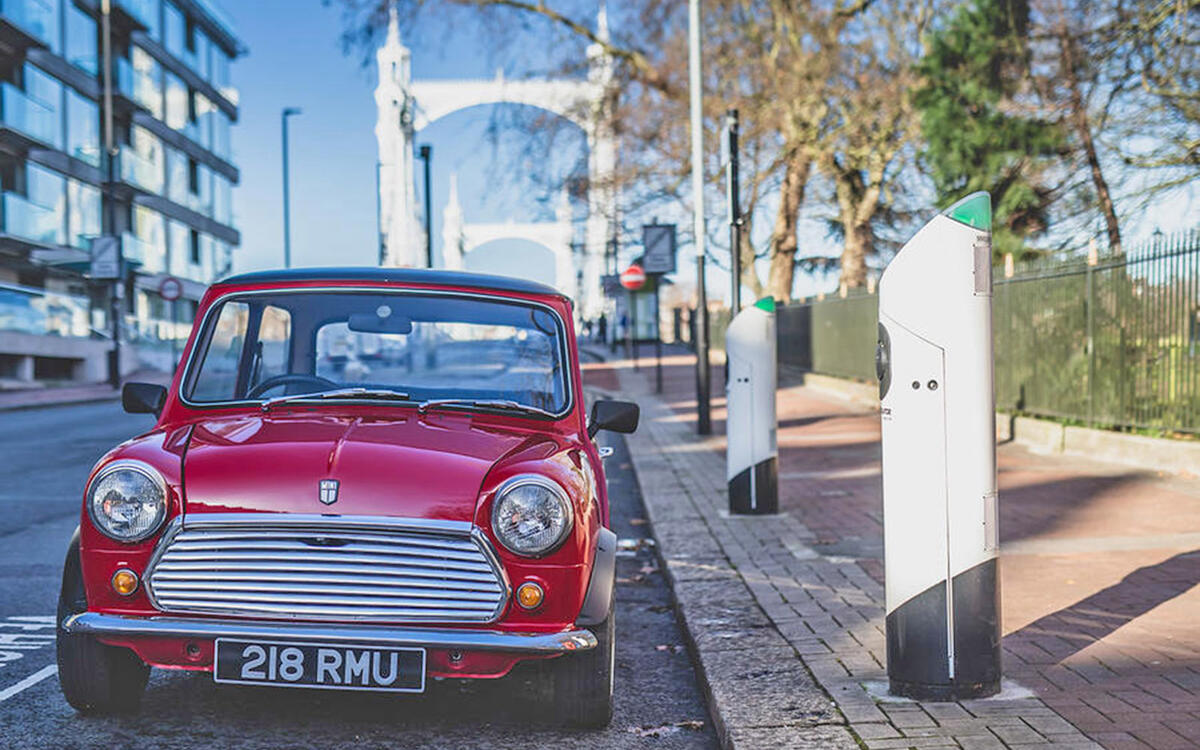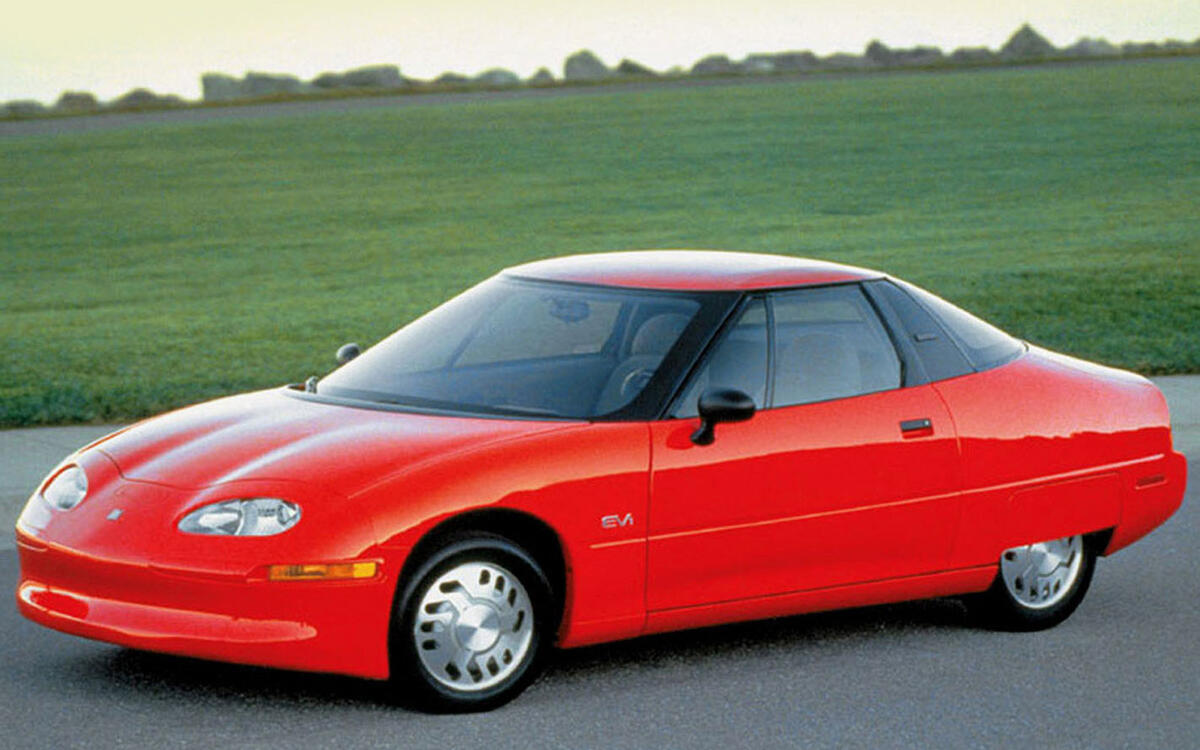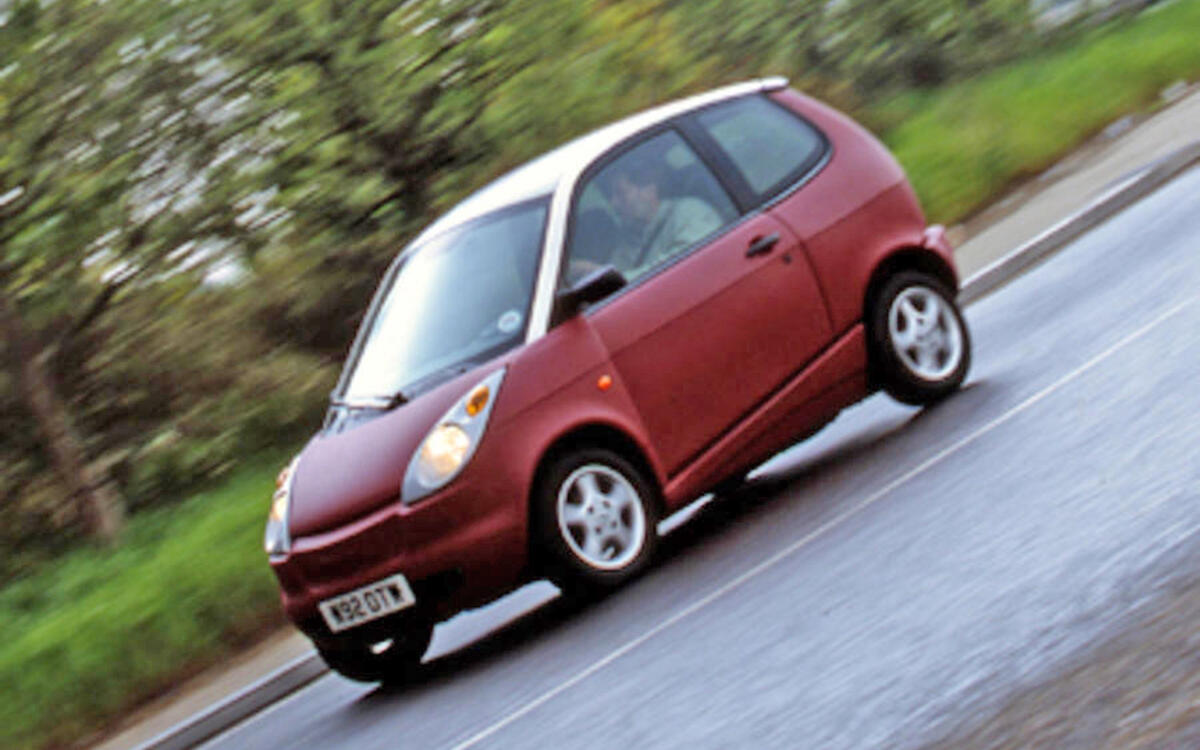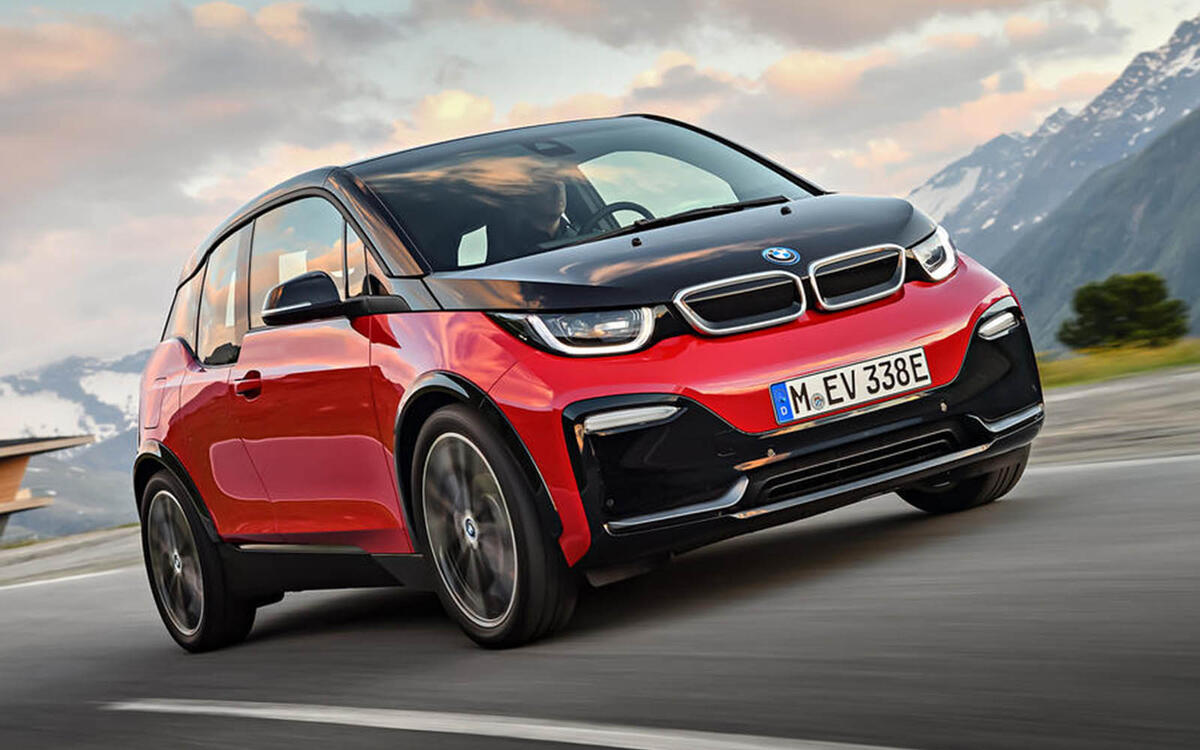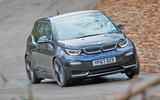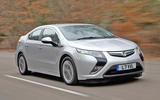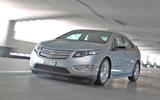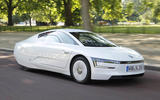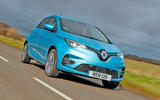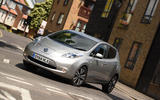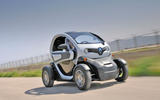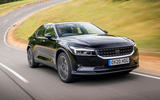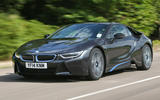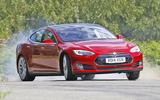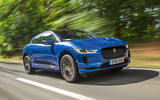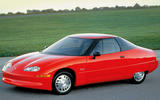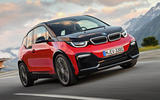 Slide of
Slide of
The BMW i3 will cease production in July 2022 after a run of nine years.
Launched in the UK in late 2013, the i3 was BMW’s first all-electric vehicle, coming eight years ahead of the iX3 SUV. Sales hit 200,000 in October 2021, with BMW expecting the total to hit 250,000 by July.
This comes as Britain prepares for the 2030 ban on the sale of new petrol and diesel cars. By then, some of the first mainstream electric cars will be 20 years old, which got us thinking about future classic EVs. Here are our suggestions:
 Slide of
Slide of
Fisker Karma
Range extenders (REx) enjoyed a brief period of popularity when electric cars couldn’t offer the range to satisfy sceptical motorists. The BMW i3 REx was made redundant by the longer-range all-electric i3 unveiled at the 2018 Paris motor show.
The Fisker Karma was a REx for a different market. Designed by former Aston Martin design chief Henrik Fisker, the Karma featured an aluminium spaceframe, a 260bhp 2.0-litre petrol engine and a pair of 201.5bhp electric motors. Undoubtedly one of the coolest electrified cars on the planet, its status as a future classic is secure.
 Slide of
Slide of
Tesla Roadster
We’re yet to see a production version of the all-new Roadster, but here’s something Tesla made earlier. Unveiled in 2006, the Tesla Roadster used the chassis layout of the Lotus Elise, with almost the entire bodywork apart from the bumpers constructed using carbonfibre to save weight.
Today, we take instant torque for granted, but back in 2008 when production started, it felt otherworldly. Tesla’s claim that the Roadster could hit 60mph in 3.9sec (3.7sec for the Sport) was a bit optimistic, but it was devastatingly effective up to 40mph.
 Slide of
Slide of
Vauxhall Ampera
A former European Car of the Year and the first plug-in hybrid to be sold in the UK, the Vauxhall Ampera felt like a significant step forward for the electrified market. There will be some who bemoan the inclusion of a range extender on a list of future electric classics, but the Ampera introduced new buyers to the market.
Cleverly, the Ampera boasted a four-cylinder petrol engine and generator to keep the car running when the batteries had run out. A maximum cruising range of 300 miles was the promise, along with CO2 emissions of just 27g/km. A used Ampera could cost as little as £10,000 today.
 Slide of
Slide of
Chevrolet Volt
The Chevrolet Volt was essentially a rebadged version of the Ampera. Again, it featured a lithium-ion battery pack that could be recharged by plugging into the mains or on the go by its 1.4-litre petrol engine.
We ran a Volt for a year and found that the battery’s range varied between nearly 40 miles in warm weather to just 22 miles in the winter. On a motorway, running on pure generator power, the Volt would return 43mpg. Pretty good, if a little outmoded in 2022.
 Slide of
Slide of
Volkswagen XL1
Again, some will cry foul at the inclusion of a car with a – shock horror – two-cylinder turbodiesel engine, but oddities like the VW XL1 shed light on the wild experimentation as manufacturers grappled with the new era of electrification. Launch the XL1 in 2022 and it would still look ground-breaking.
Weighing just 795kg, and with a body narrower than a Renault Clio, the XL1 featured an electric motor to help propel the 800cc two-cylinder diesel along. A £100k ‘people’s car’ with the promise of 313mpg and 50km of electric range.
 Slide of
Slide of
Renault Zoe
Don’t let the revised Euro NCAP zero-star safety rating overshadow the success of the Renault Zoe in popularising the concept of electric motoring. It was the best-selling battery electric vehicle in Europe in 2020, with 99,261 units sold in 12 months.
Launched in 2013, the Zoe could be purchased with the battery included or leased. Many people chose the leasing option, not least because Renault took care of the battery pack. Early examples had fallen as low as £5000, but increased demand for EVs has pushed prices in the opposite direction.
 Slide of
Slide of
Nissan Leaf
The Nissan Leaf will be close to turning 20 when the 2030 ban on the sale of new petrol and diesel cars comes into force, old enough to warrant classic status. Age isn’t the only thing on its side because the Leaf has done as much for the industry as Tesla and its PR machine.
Early models came with a 24kWh battery, which will seem antiquated in 2030, while even the later 30kWh battery will be like something from the dark ages. But for its role in popularising the mainstream EV, the Mk1 Leaf is a sure-fire future classic. You can buy early Leafs for only a few thousand pounds now – but make sure the battery isn’t knackered.
 Slide of
Slide of
Renault Twizy
It would be easy to dismiss the Renault Twizy as a novelty act, but the little quadricycle makes sense in an urban environment. It’s small enough to cut through congestion, cheap to charge, fun to drive and easy to park. You can even recharge it in around three-and-a-half hours using a domestic plug socket.
There are obvious flaws. It’s a two-seater, or single-seater if you opt for the Cargo version. You feel a bit exposed, even with the optional doors and windows. Oh, and you’re unlikely to travel further than 50 miles on a single charge.
 Slide of
Slide of
Citroen AMI
Like the Renault Twizy, the Citroën AMI is a heavy quadricycle, which means in some European countries you can drive it from as young as 14. Unfortunately, or fortunately, depending on your point of view, this isn’t possible in the UK.
Built in Morocco, the AMI boasts a 5.5kWh battery that can be recharged in three hours using a standard domestic socket. A top speed of 28mph is limiting, but a range of 43 miles is ideal for car that’s unlikely to venture beyond the city limits. If ‘cars’ like the AMI catch on, the little Citroën will go down as a pioneer.
 Slide of
Slide of
Polestar 2
The delectable Polestar 1 plug-in hybrid is likely to secure classic status before 2030, but what of the all-electric Polestar 2? It’s important because it brings more to the EV party than just a stylish body and impressive range estimates of up to 335 miles.
Central to its appeal is the headline-grabbing ‘vegan interior’, which features eco-friendly materials and a complete absence of wool or leather. There’s significantly less plastic than most car interiors, along with less reliance on nasty chemicals.
 Slide of
Slide of
BMW i8
Like the VW XL1, and to a lesser extent the range extenders, the BMW i8 shouldn’t be included. Its 1.5-litre three-cylinder petrol engine should preclude it from a list of electric cars, even with the promise of 49g/km CO2 emissions, 134.5mpg and 23 miles of electric range.
Let’s look at it another way. The BMW i8 is an example of a manufacturer daring to be different. It’s a supercar with a conscience; a kind of BMW M1 for a new generation. Widen the scope of this slideshow to include all forms of electrification, and the i8 becomes one of the headline acts. Leggy, early i8s are to be had from £40,000.
 Slide of
Slide of
Tesla Model S
The Tesla Model S is arguably the most famous electric car on the planet. Launched in 2012, it was Tesla’s first bespoke model, and it caught the rest of the industry napping. It would be years before a rival manufacturer would build anything with a similar blend of performance and range.
In our latest list of the top 10 EVs with the longest range, the Model S finished second behind the Mercedes EQS. An official range of 405 miles eclipsed only by the promise of 453 miles from the EQS 450+. Whatever happens in the future, the Model S will be remembered as a poster star for a generation of EVs. Early used Model Ss are available from £30,000.
 Slide of
Slide of
Honda E
A small electric car with a meagre 136 miles feels like it has arrived too late to be taken seriously. EVs with the promise of 200 miles are becoming the norm, so why does the Honda E make our list of future classic electric cars?
A lot will depend on how the market takes to an admittedly cute EV with such a limited range. We suspect the retro-futuristic vibes will be enough to turn it into a cult classic. We also hope that other manufacturers are bold enough to create cars like the E. Used examples today start at £27,000.
 Slide of
Slide of
Porsche Taycan
It would be too much of a cliché to call the Taycan a Porsche 911 for the electric generation, but it feels like it represents a line in the sand. Launched to widespread acclaim, it is already outselling the 911, 718 sports cars and Panamera. Fair play.
It’s expensive, although the arrival of a £73k entry-level model makes it (slightly) more affordable, but few cars offer such a delightful blend of performance, handling and driver appeal. Not just in the context of electric cars, but in terms of all performance cars. It’s that good.
 Slide of
Slide of
Jaguar I-Pace
The established manufacturers took a long time to catch up with Tesla, but Jaguar was one of the first to create a credible alternative. The I-Pace boasts the performance, practicality and range to make it a viable alternative to a conventional SUV.
Without wishing to damn it with faint praise, the I-Pace is a fabulous first-time effort for a company with no EV heritage. As the first luxury EV from a mainstream brand, it’s place in the big book of electric car history is all but secured. Decent used examples are to be had from £40,000.
 Slide of
Slide of
Swind E electric Mini
We’re including the Swind E classic Mini as the representative of the classic restomod genre. Is this an example of preserving our classic car culture for a future generation, or should electric motors and battery packs be kept well away from such cars?
Swindon Powertrain’s MD Raphaël Caillé told us: “The packaging of Sir Alec Issigonis’ 1959 design was truly ground-breaking, and now we are making it relevant again.” What are your thoughts on electric classic car conversions?
 Slide of
Slide of
General Motors EV1
This EV from the 1990s will be familiar to anyone who has watched the fabulous Who Killed the Electric Car? documentary. Launched in 1996, the General Motors EV1 was made available to residents of California and Arizona on a leasing programme.
A range estimate of 70 to 90 miles, depending on speed and driving style, seems limited in 2022, but a lot has changed 26 years. The majority of EV1s were crushed when the programme was axed in 2002, although some were gifted to museums and research institutes.
 Slide of
Slide of
Think City
The Think City dates back to 2001 when the little electric car was trialled under Ford ownership. It arrived in the UK in 2008, by which time Ford had lost interest, with production handled by the Norwegian company Think Global. Sales continued until 2011, when it was still one of a handful of EVs available to the public.
It wasn’t cheap. A UK price of £14,000 put in direct competition with superminis like the Ford Fiesta and Vauxhall Corsa, plus buyers were also required to pay a £140 monthly fee for battery care. An 80 per cent charge would take eight hours using a domestic plug socket.
 Slide of
Slide of
BMW i3
All of which takes us full circle to the BMW i3. A spokesperson for BMW UK told us: “By the end of this year the BMW Group will have six BEV models on the market, with that growing to 13 in 2021.
“Today’s customers wanting a fully-electric city car perfectly tailored for urban driving or a compact but spacious vehicle for an active lifestyle will be perfectly served by the Mini Electric and upcoming BMW iX1.” The i3 will be unplugged in the summer. 2014 examples with 50,000 miles are to be had from £12,500.
Access control:
Open


